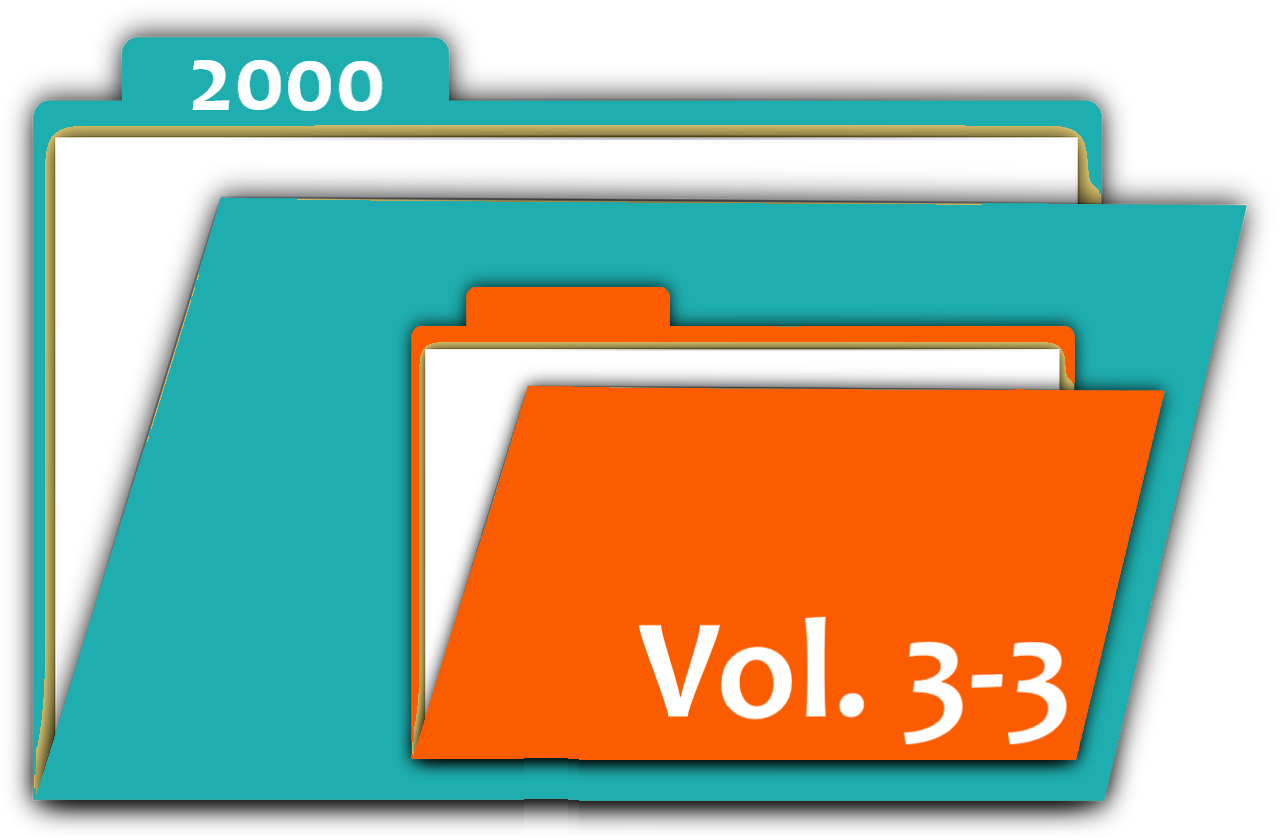Constructions of Cultural Differences in Post-Merger Change Processes: A Sensemaking Perspective on Finnish-Swedish Cases
Abstract
Cultural differences are often used as explanations of organizational problems following mergers. This paper argues that this literature is to a large extent based on a realist epistemology where too little emphasis has been placed on the constructive processes. To partially bridge this gap, this study adopts a sensemaking approach to studying the (re)construction of cultural conceptions in the merger context. The study is based on extensive ethnographic material from eight cases of Finnish-Swedish mergers and acquisitions. The analysis of this material leads to a specification of three concurrent cultural sensemaking processes through which the top decision makers involved in the post-merger integration processes make sense of and enact cultural conceptions. First, this cultural sensemaking involves a search for rational understanding of cultural characteristics and differences. Second, cultural sensemaking also includes more or less suppressed emotional identification with either of the merging sides. Third, cultural sensemaking also involves purposeful manipulation of the cultural conceptions for more or less legitimate purposes. Based on this distinction, this study leads to specific propositions concerning how cultural conceptions are formed in post-merger organizations. Hence, the analysis helps us to understand that cultural conceptions are not only reflections of “real” cultural differences but are also products of complex cognitive, emotional and political processes.
Downloads
Copyright (c) 2000 Eero Vaara

This work is licensed under a Creative Commons Attribution-NonCommercial 4.0 International License.
Authors retain copyright of their work, with first publication rights granted to the AIMS.












 Published by
Published by 